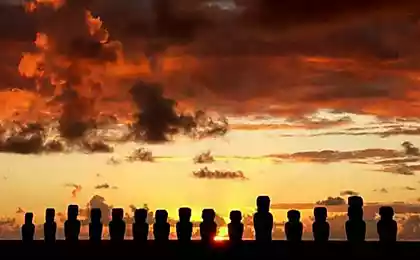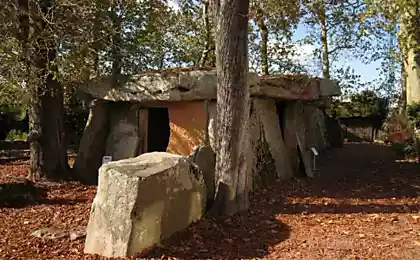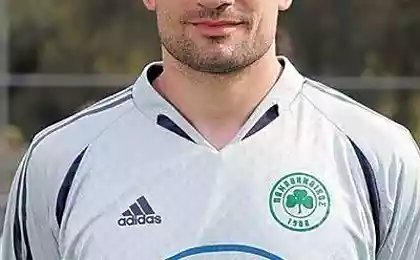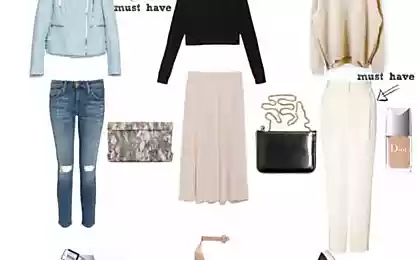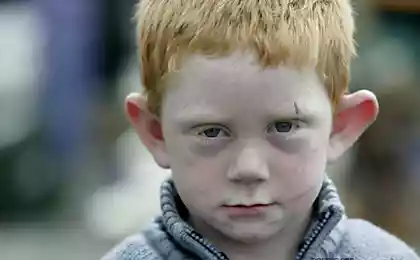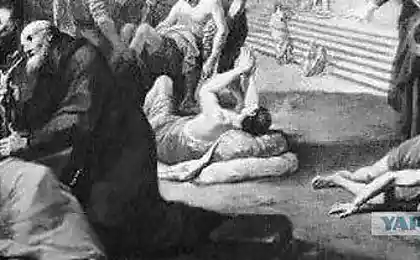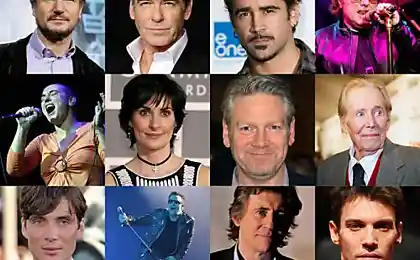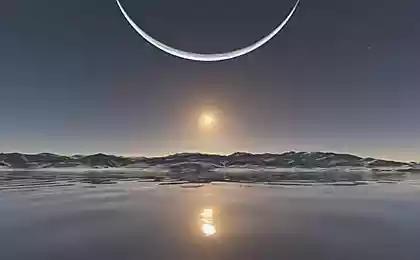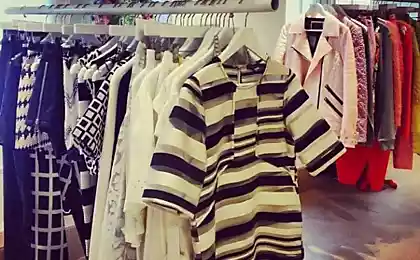1323
Mysterious building in Ireland (23 photos)
Newgrange, New Grange, Shi-en-I'm lying (Irish Si an Bhru) - is the oldest religious stone structure in the world. The property consists of megaliths and enters the complex Brú na Boyne is located in Ireland.

Presumably, it takes ages counting from 3600 BC. e., that the older Stonehenge and the Egyptian pyramids.
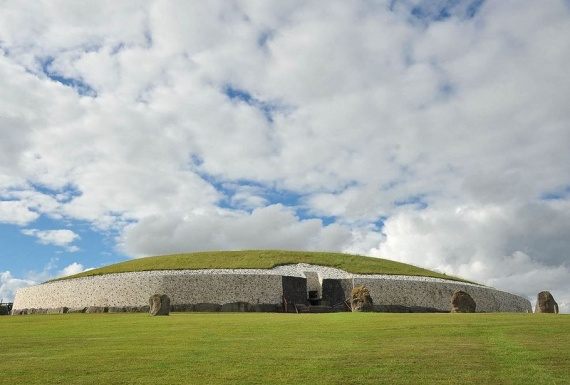
This area has long been used as farmland. In 1688 these lands passed into the possession of Charles Campbell. It was his servant found Newgrange, when looking for the stones for construction. At first it seemed to them a simple construction of the cave, but then was found a long, narrow passage leading to the great room. The workers immediately reported the discovery to the owner, who told this antiquarian, naturalist and philologist Edward Luidja. As a result, Luidja Newgrange announced his discovery and called it a tomb, to put it simply prehistoric tomb. Later, many questioned this hypothesis, for example, Charles Vallance, who thought that this place probably used for rituals and astronomical purposes. In 1983, Martin Brennan published the book "Stones of Time," which results in a lot of detail to refute the theory of the burial tomb.
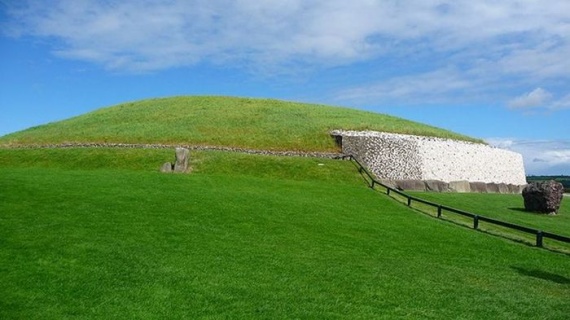
Over time, the complex began to decrease due to the subsidence of the embankment, and soon disappeared completely. In 1962, under the direction of Professor Michael J.. O'Kelly. Newgrange was excavated and restored, and around it was erected a wall of quartzite and granite to strengthen the embankments. This recovery has displeased the archaeological community, critics argue that such technology did not exist when this building was erected. Another reason for the discontent was the fact that the stones were brought from other regions of the country.
Today Newgrange restored and opened to visitors.
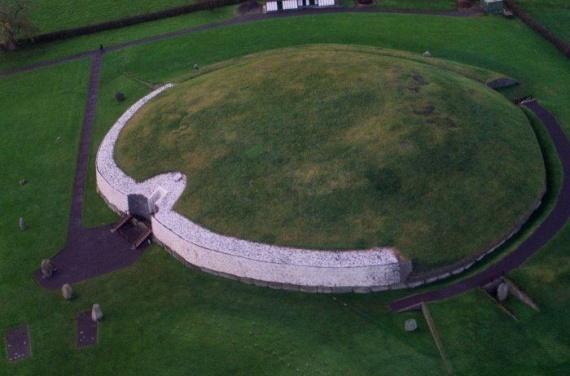
The height of the mound - 13, 5 meters in diameter - 85 meters. 19-meter-long corridor leads to the burial chamber, which is based on vertically set stone monoliths weighing 20 to 40 tons. The device resembles Newgrange than Stonehenge, but here, unlike Stonehenge stone circle on top is covered mound of earth and rubble.

Inside the chamber, a large preserved ritual bowl and carved niches in the walls, decorated with stone carvings. Above the room is a set of step.
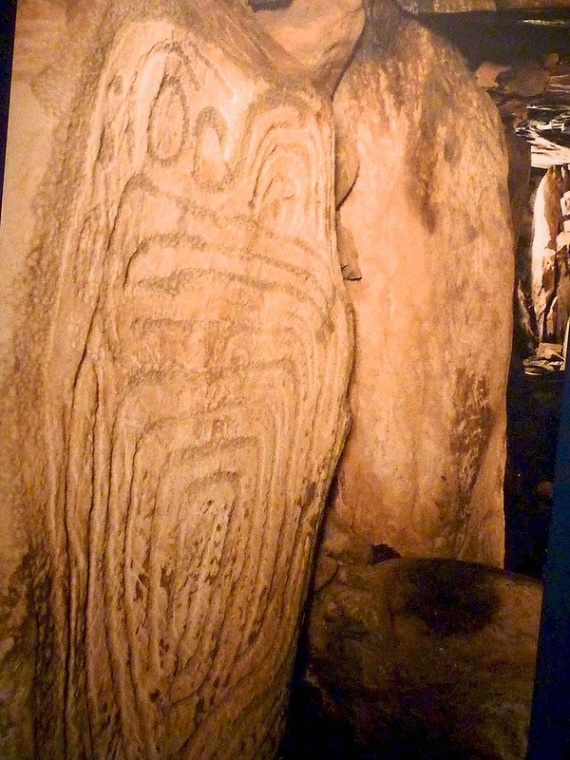
Monoliths, its generators are arranged so that the bottom of the stones are darkest and their weight is reduced at the vertex. The dome forms a hexagonal shaft tapered upwards to a height of 6 meters.

The excavations revealed that on the outer surface of the slab were grooves for water drainage and cupped signs, still hidden in bulk. The very mound consisted of layers of stones and turf, she was surrounded by the supporting wall of the Kirby-ornamented plates.

On either side of the entrance green stones Kirby topped by a wall of white quartz.
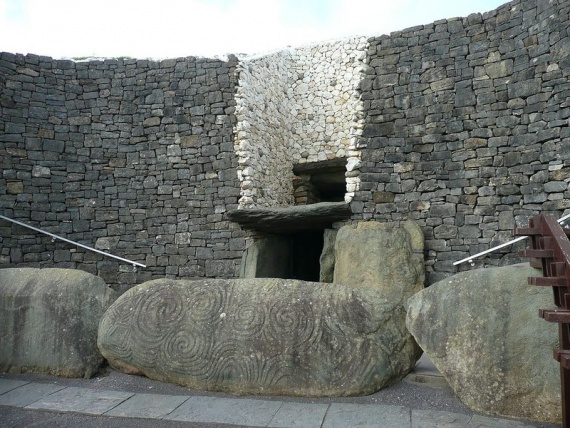
Entrance to the tomb marked circle of stones in height from 1, 5 to 2, 5 m. Another circle of 97 standing stones surrounded the perimeter of the tomb itself. All of these stones, and the wall of the corridor and the burial chamber covered with ornaments consisting of zigzag lines, triangles, concentric circles, but the most common image of the triple helix.
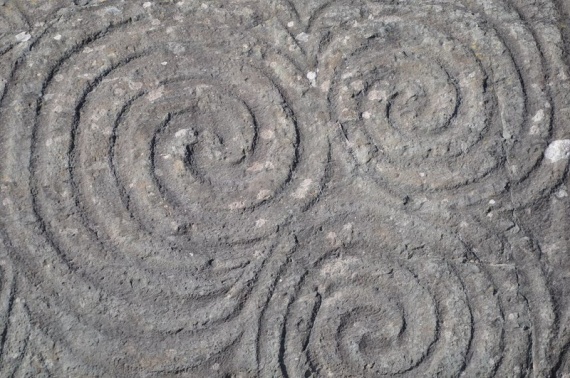
This symbol has been widely circulated in the Neolithic art and as the researchers suggest, has been associated with the cycle of death and rebirth (in particular, similar symbols carved on the carved stone balls - typical artifacts of the same era). Most image spiral is at the entrance to the tomb, as if indicating the boundary between the world of the dead and the living world.

Also among the motives of images found signs of cup and ring.

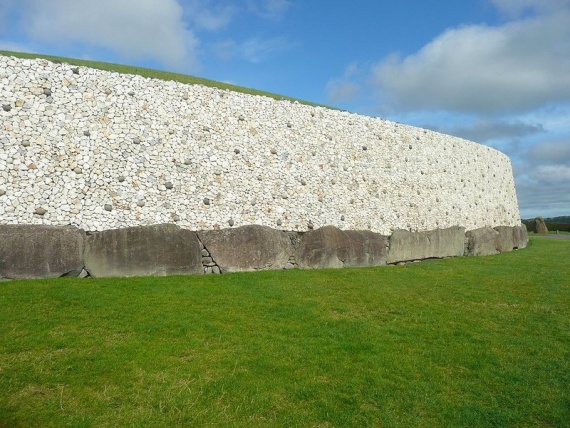
In 1993, UNESCO officially awarded the archaeological ensemble of the River Boyne international status of the historical monument.
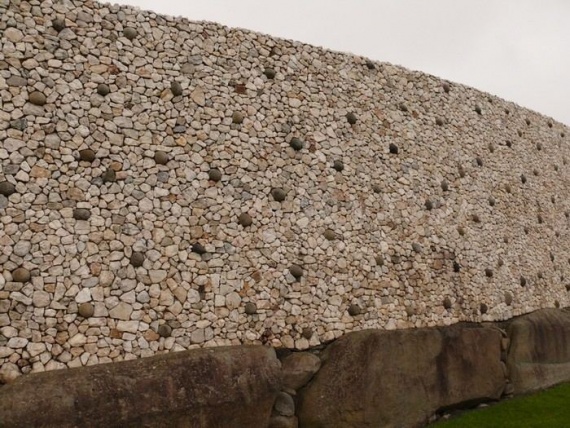
In the list of World Heritage Newgrange it described as the largest and most important of megalithic structures in Europe.
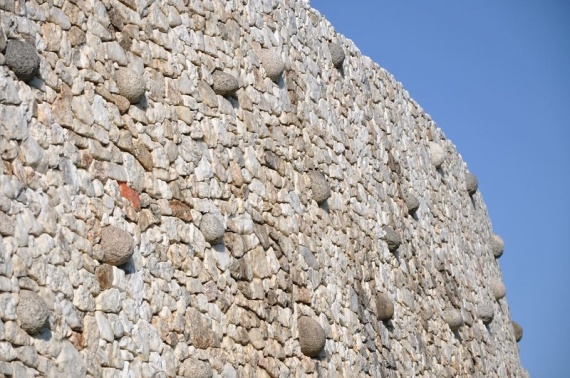

Every year thousands of tourists come here to look at the structure of another mysterious ancestors.
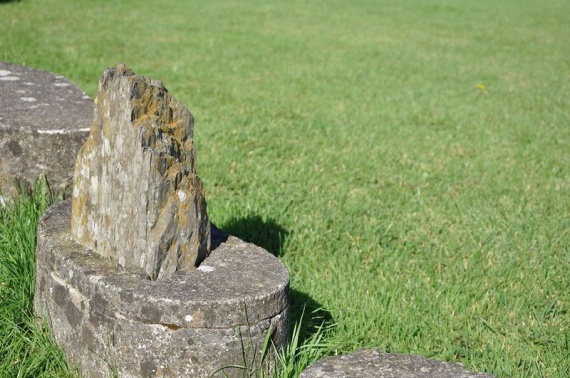

Newgrange entered into Celtic mythology like fairies mound. It was the home of the god Dagda, Boann his wife and their son Angus, the god of love. Locals believed that every year on the night of November 1, which was considered the Celtic night "no time" when one year ends and gives way to another place, fairies come out.
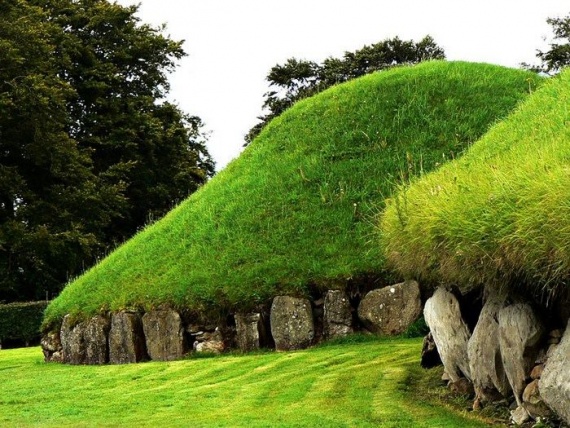
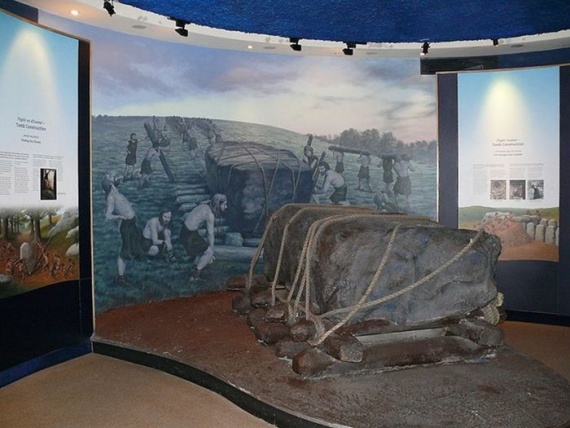
The museum exposition.

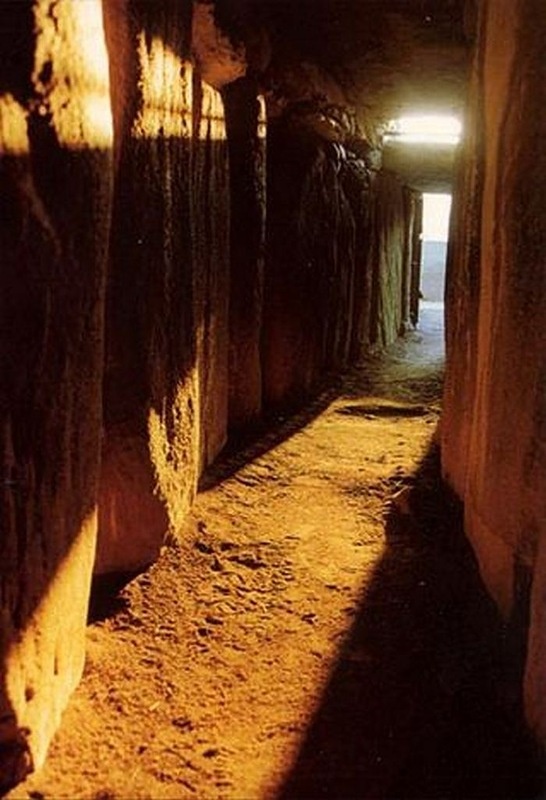
The tunnel is directed to the southeast, to the side of the sunrise at the winter solstice. Above the entrance is a hole - a window of 20 cm in width, through which sunlight can penetrate to the inside of the room. Within a few days (mid-December), the rays of the rising sun penetrate through the tunnel into the chamber and brightly illuminate it for about 20 minutes.
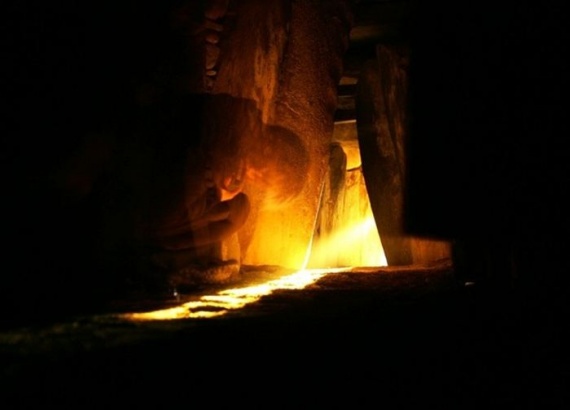
Few wishing allowed to watch the beautiful spectacle of the penetration of sunlight into the inner chamber at dawn. For example, in 2005 there were only 50 people selected from 27,000 applicants. To determine the lucky conducts special lottery allowed only 10 visitors a day.
Source: animalworld.com.ua

Presumably, it takes ages counting from 3600 BC. e., that the older Stonehenge and the Egyptian pyramids.

This area has long been used as farmland. In 1688 these lands passed into the possession of Charles Campbell. It was his servant found Newgrange, when looking for the stones for construction. At first it seemed to them a simple construction of the cave, but then was found a long, narrow passage leading to the great room. The workers immediately reported the discovery to the owner, who told this antiquarian, naturalist and philologist Edward Luidja. As a result, Luidja Newgrange announced his discovery and called it a tomb, to put it simply prehistoric tomb. Later, many questioned this hypothesis, for example, Charles Vallance, who thought that this place probably used for rituals and astronomical purposes. In 1983, Martin Brennan published the book "Stones of Time," which results in a lot of detail to refute the theory of the burial tomb.

Over time, the complex began to decrease due to the subsidence of the embankment, and soon disappeared completely. In 1962, under the direction of Professor Michael J.. O'Kelly. Newgrange was excavated and restored, and around it was erected a wall of quartzite and granite to strengthen the embankments. This recovery has displeased the archaeological community, critics argue that such technology did not exist when this building was erected. Another reason for the discontent was the fact that the stones were brought from other regions of the country.
Today Newgrange restored and opened to visitors.

The height of the mound - 13, 5 meters in diameter - 85 meters. 19-meter-long corridor leads to the burial chamber, which is based on vertically set stone monoliths weighing 20 to 40 tons. The device resembles Newgrange than Stonehenge, but here, unlike Stonehenge stone circle on top is covered mound of earth and rubble.

Inside the chamber, a large preserved ritual bowl and carved niches in the walls, decorated with stone carvings. Above the room is a set of step.

Monoliths, its generators are arranged so that the bottom of the stones are darkest and their weight is reduced at the vertex. The dome forms a hexagonal shaft tapered upwards to a height of 6 meters.

The excavations revealed that on the outer surface of the slab were grooves for water drainage and cupped signs, still hidden in bulk. The very mound consisted of layers of stones and turf, she was surrounded by the supporting wall of the Kirby-ornamented plates.

On either side of the entrance green stones Kirby topped by a wall of white quartz.

Entrance to the tomb marked circle of stones in height from 1, 5 to 2, 5 m. Another circle of 97 standing stones surrounded the perimeter of the tomb itself. All of these stones, and the wall of the corridor and the burial chamber covered with ornaments consisting of zigzag lines, triangles, concentric circles, but the most common image of the triple helix.

This symbol has been widely circulated in the Neolithic art and as the researchers suggest, has been associated with the cycle of death and rebirth (in particular, similar symbols carved on the carved stone balls - typical artifacts of the same era). Most image spiral is at the entrance to the tomb, as if indicating the boundary between the world of the dead and the living world.

Also among the motives of images found signs of cup and ring.


In 1993, UNESCO officially awarded the archaeological ensemble of the River Boyne international status of the historical monument.

In the list of World Heritage Newgrange it described as the largest and most important of megalithic structures in Europe.


Every year thousands of tourists come here to look at the structure of another mysterious ancestors.


Newgrange entered into Celtic mythology like fairies mound. It was the home of the god Dagda, Boann his wife and their son Angus, the god of love. Locals believed that every year on the night of November 1, which was considered the Celtic night "no time" when one year ends and gives way to another place, fairies come out.


The museum exposition.


The tunnel is directed to the southeast, to the side of the sunrise at the winter solstice. Above the entrance is a hole - a window of 20 cm in width, through which sunlight can penetrate to the inside of the room. Within a few days (mid-December), the rays of the rising sun penetrate through the tunnel into the chamber and brightly illuminate it for about 20 minutes.

Few wishing allowed to watch the beautiful spectacle of the penetration of sunlight into the inner chamber at dawn. For example, in 2005 there were only 50 people selected from 27,000 applicants. To determine the lucky conducts special lottery allowed only 10 visitors a day.
Source: animalworld.com.ua

